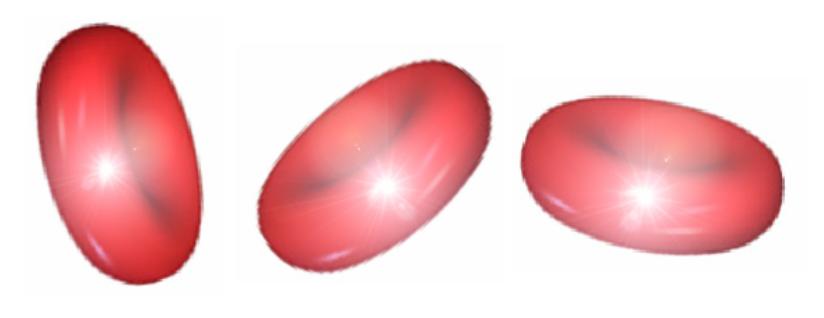More about Benefits
Use of the TiVi700 2.0 Tissue Viability Imaging system for investigating microvascular event demands no injections, contrast agents or even skin contact. This implies that there is absolutely no risk for or discomfort to the test subject and repeated studies including a large number of individuals can easily be performed.
All images are captured instantaneously, which implies that there is no risk of misinterpretation of temporal variations in the microvasculature as spatial variations over a surface as is the case with methods based on sequential scanning of the skin surface. The heterogeneity in skin microcirculation can be exemplified by the non-uniform reaction to transepidermal diffusion of the drug acetylcholine by way of iontophoresis.
In contrast to laser Doppler based technologies for assessment of the skin microcirculation, the TiVi700 2.0 technology is insensitive to movement artifacts. This implies that microvascular events during exercise can be investigated.
The Tivi700 2.0 technology was designed with ease-of-use in mind in order to increase productivity in skin testing. Anyone who can use a digital camera can capture Tissue Viability Images by use of the TiVi700 2.0 technology. Cropping and displaying the images is equally easy due to the user-friendly interface and software. Analyzing statistical aspects of a full sequence of images is done by a single click of a button in the user interface. A full exchange of data and images with other software products for further analysis offers flexibility and compatibility with other systems.
No influence on the microvasculature under study is imposed by the use of the equipment. Since the dermal microcirculation is extremely sensitive to the slightest touch of the skin, the non-contact feature is essential for recording undisturbed microvascular events.
No calibration is necessary because the red blood cell concentration is calculated from the relationship between detected light in the red and green wavelength region thereby making the method insensitive to the total light intensity of the integrated illuminator. This implies that results obtained at different laboratories around the world and at different points in time can easily and validly be compared.

